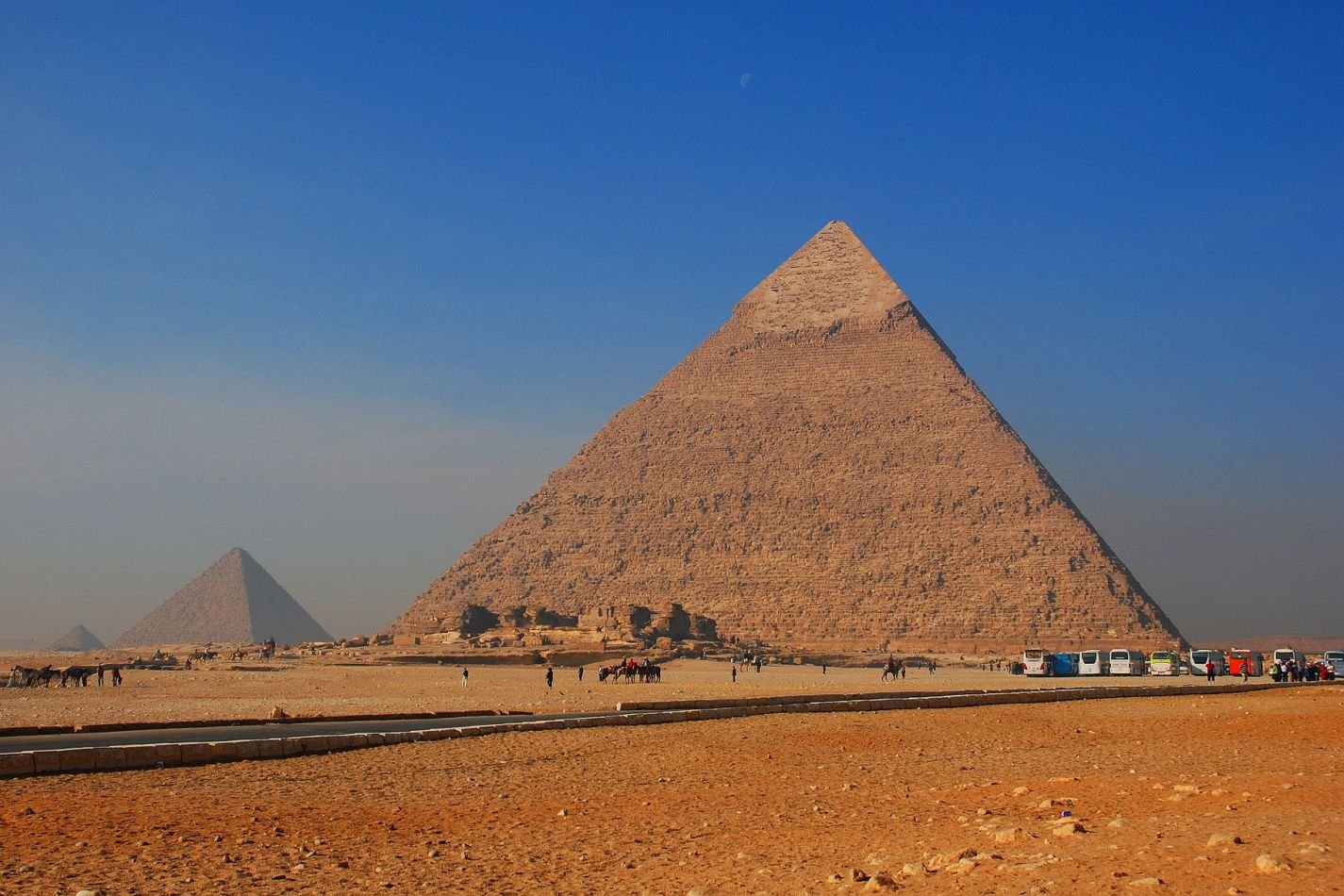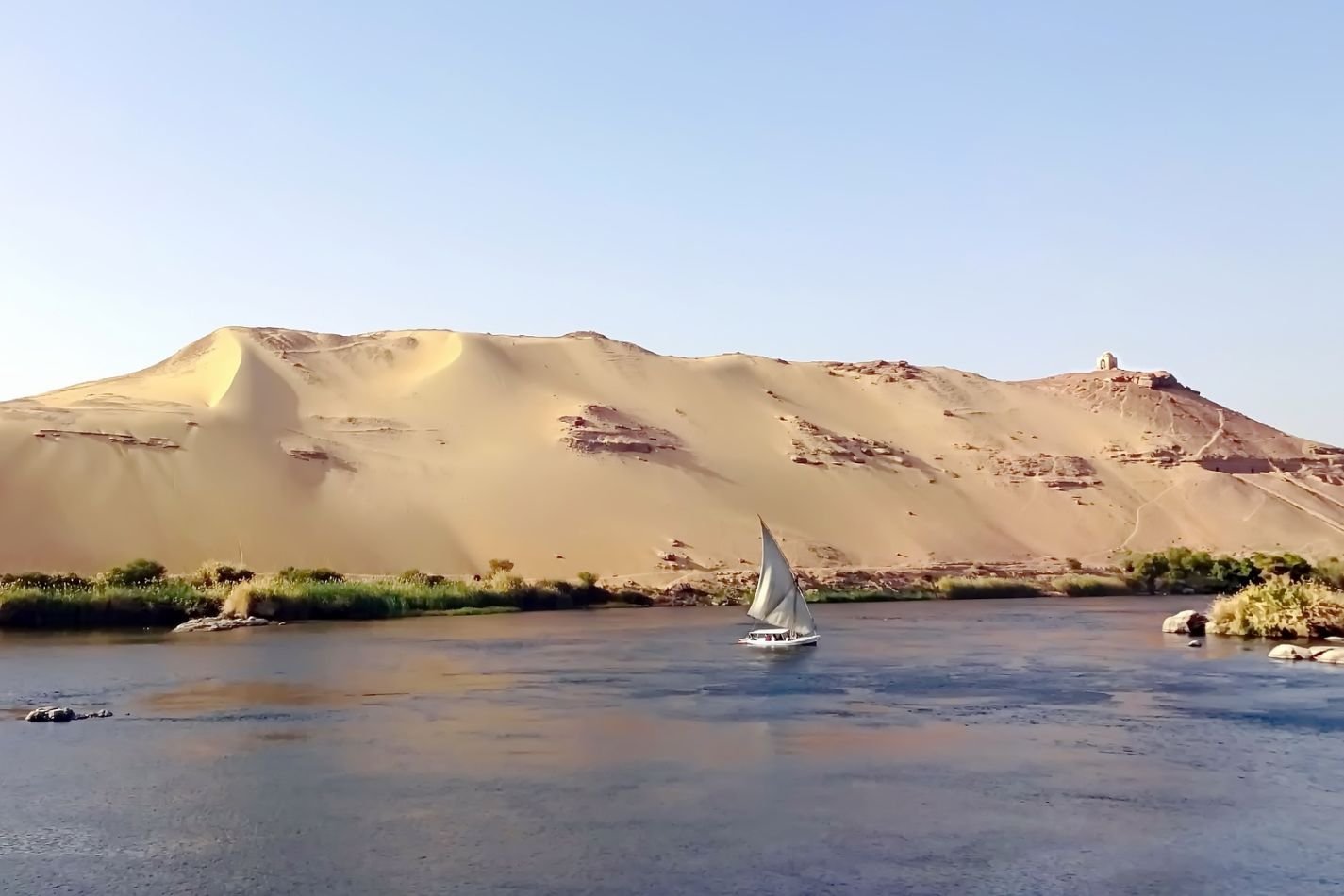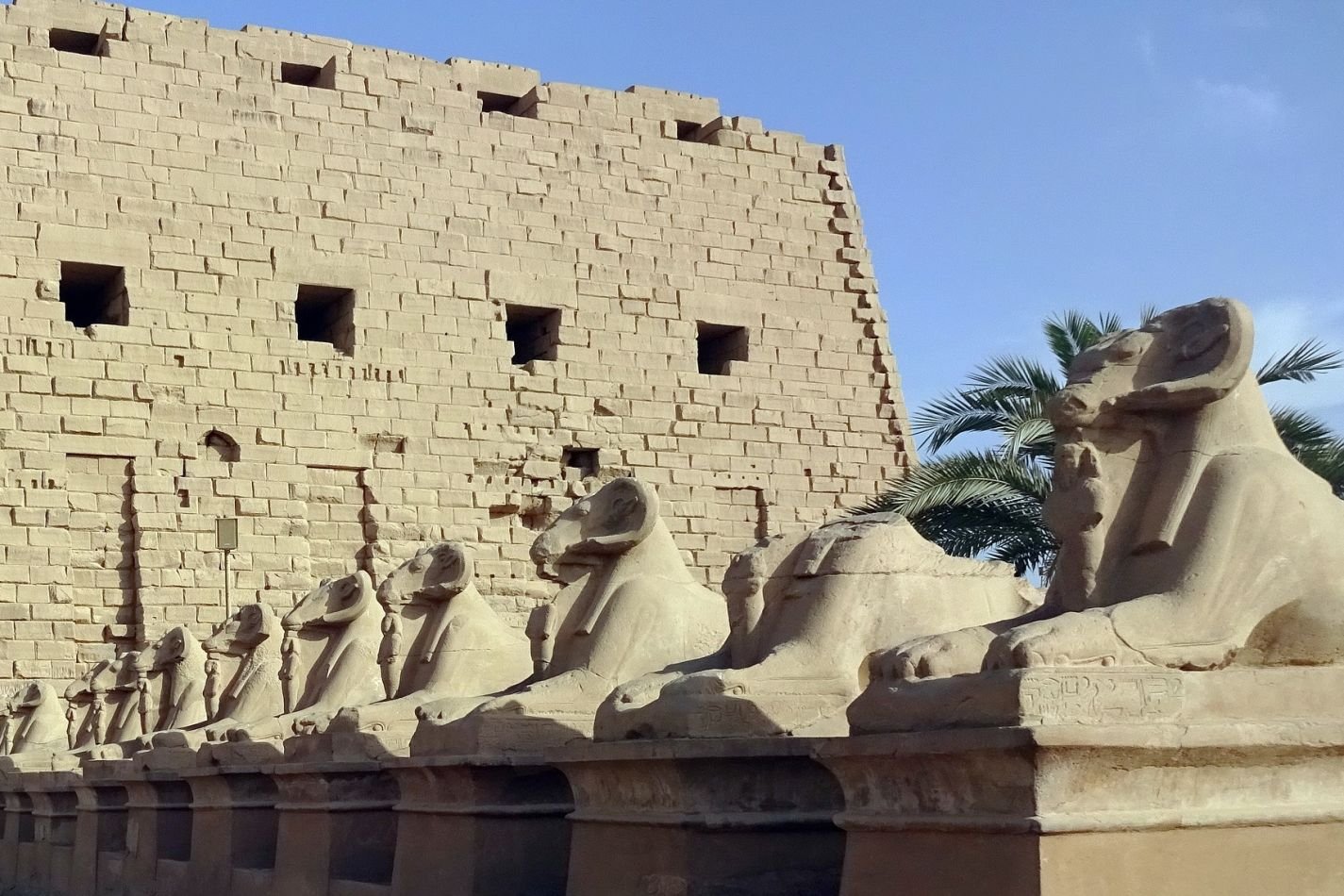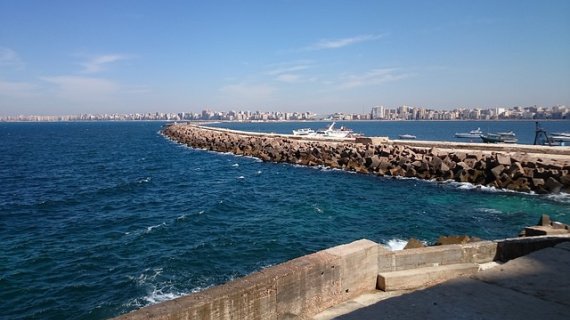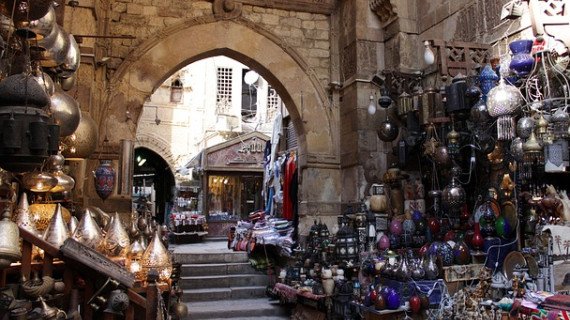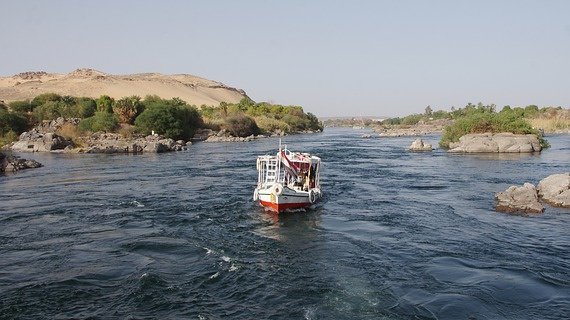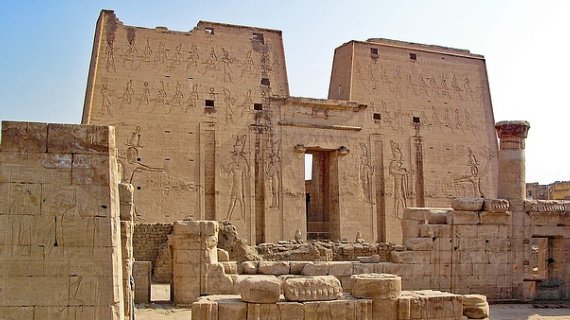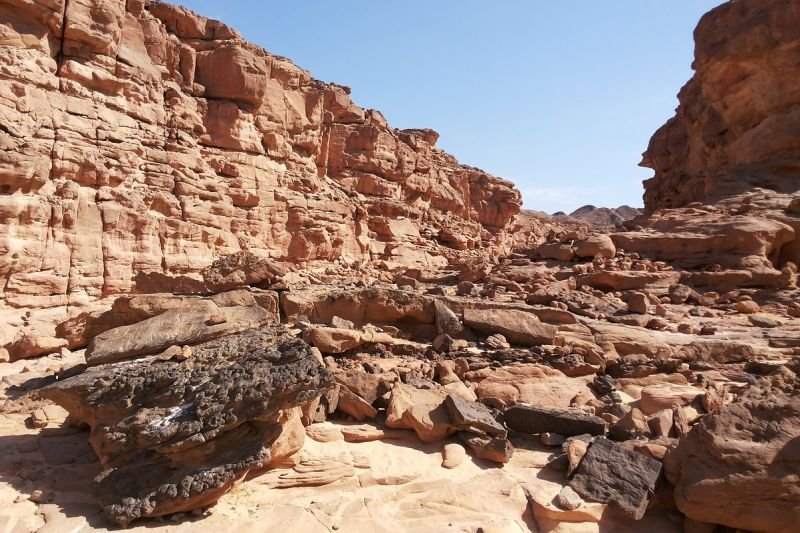Felucca ride on the Nile
A felucca is a small, traditional Egyptian wooden sailboat. It’s possible to take a felucca tour lasting several days; however, we would recommend taking an hour or two cruise at sunset while in Aswan. This is one of the best things to do in Aswan. To drift on the Nile River, especially at sunset, is a wonderful way to spend an hour or two in Aswan. The price for a felucca ride is negotiable and prices can be all over the place. What you pay really depends on your negotiating skills. The ride is a beautiful and a memorable experience.
See Coral reefs
The Red Sea is one of the best diving destinations in the world. Thousands of divers go to Sharm every year to enjoy the splendor and the variety of underwater life on the Red Sea coral reefs. Sharm El-Sheikh is well known for its wonderful dive sites, rich in different coral types and many fish species, amazing flora and fauna, with water temperatures ranging between 22°C in February and 28°C from July to October. The outstanding visibility ranges between 20-30 meters.
Hot Air Balloon Ride
For great aerial views over the entire west bank in Luxor, with its temples and village farmland tucked between the escarpment, take a hot air balloon ride, the town’s most popular activity, with balloons all taking off just after sunrise. Watch how the whole valley tinges pink and becomes bathed in the morning light. There is nothing more spectacular like watching the sunrise while taking in the majestic views of the Valley of the Kings, the Temple of Hatshepsut, and floating above the glittering river Nile and splendid Karnak Temple Complex. You will drift peacefully through the sky, while the sun is gradually revealing the panoramic views of the world’s most important archaeological site.
Explore the Sahara Desert
Apart from the Nile Valley, the majority of Egypt’s landscape is desert, with a few oases scattered about. Winds create prolific sand dunes that peak at more than 30 m high. Egypt includes parts of the Sahara Desert and of the Libyan Desert. Located in Egypt’s Western Desert, the Bahariya and Farafra depressions don’t even cover 1% of the Egyptian Sahara. Yet, they have some of the rarest landscapes and geological formations in the entire country. In the heart of the Bahariya depression about 370 km south-west of Cairo, an oasis brings life to one of the harshest regions on Earth. Hot springs are one of the main attractions in this verdant area filled with palm trees and fresh fruits. Further south from Bahariya Oasis, you’ll be surrounded by hundreds of black powder-covered hills. This is the Black Desert, one of the strangest desert landscapes in the world. The White Desert, about 126 km south-west of the Black Desert, is by far the Western Desert’s most unusual natural site. This vast area of mushroom-like shapes and sea waves made of white limestone are marvels of nature that astonish even the most experienced traveller.
See the Suez Canal
Opened in 1869, for more than a century, the Suez Canal has served as a connection between the North Atlantic and the northern Indian Ocean, reducing the journey by more than 7,000 kms. You want to go there to see the dozens of immensely vast cargo ships that make their way through the Canal every day. In Suez, the Canal is surrounded and guarded by the Army. For security reasons, you can only see the Canal from far away, from behind a fence. Besides, pictures are not allowed. If you want to get closer and sail over the Canal, go to Port Said or Ismailia.
